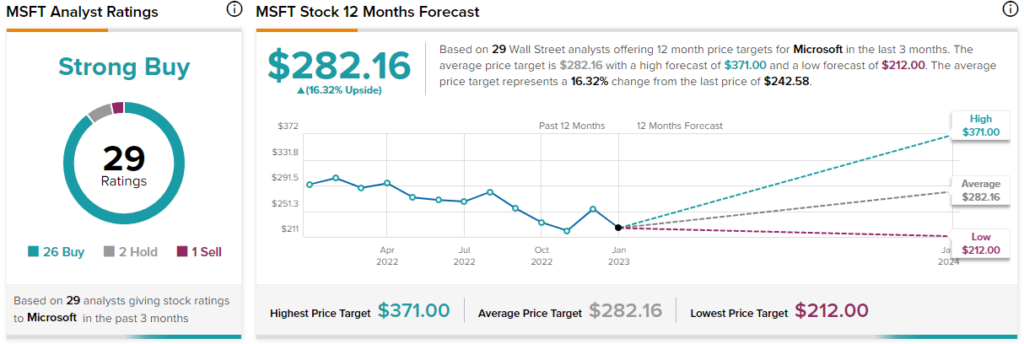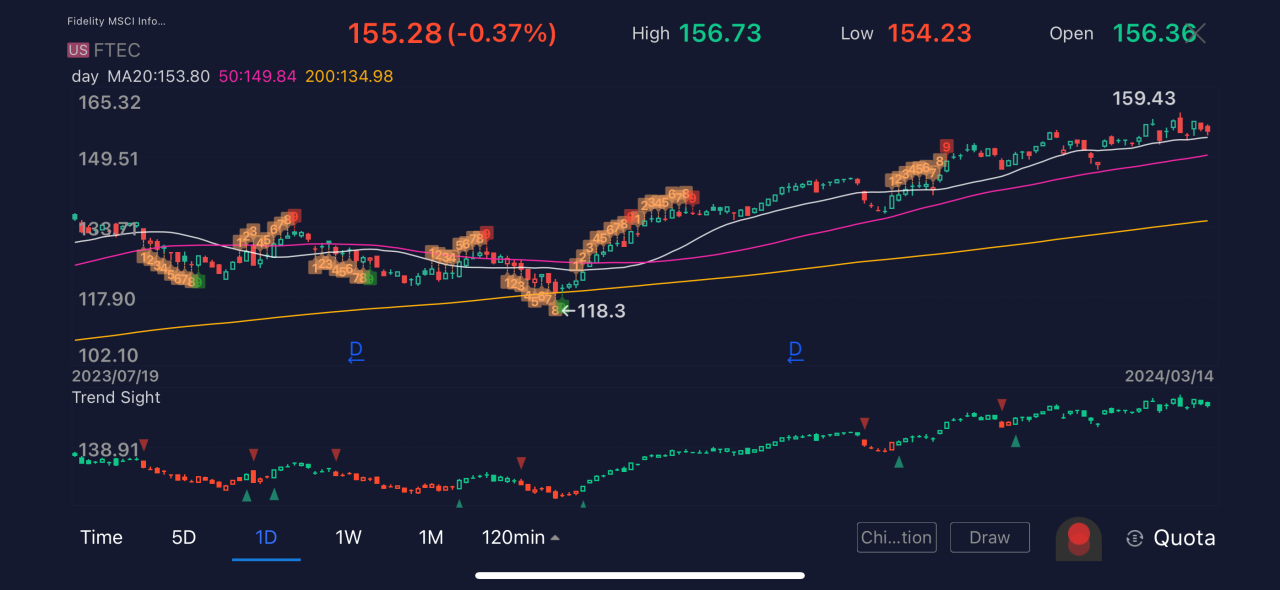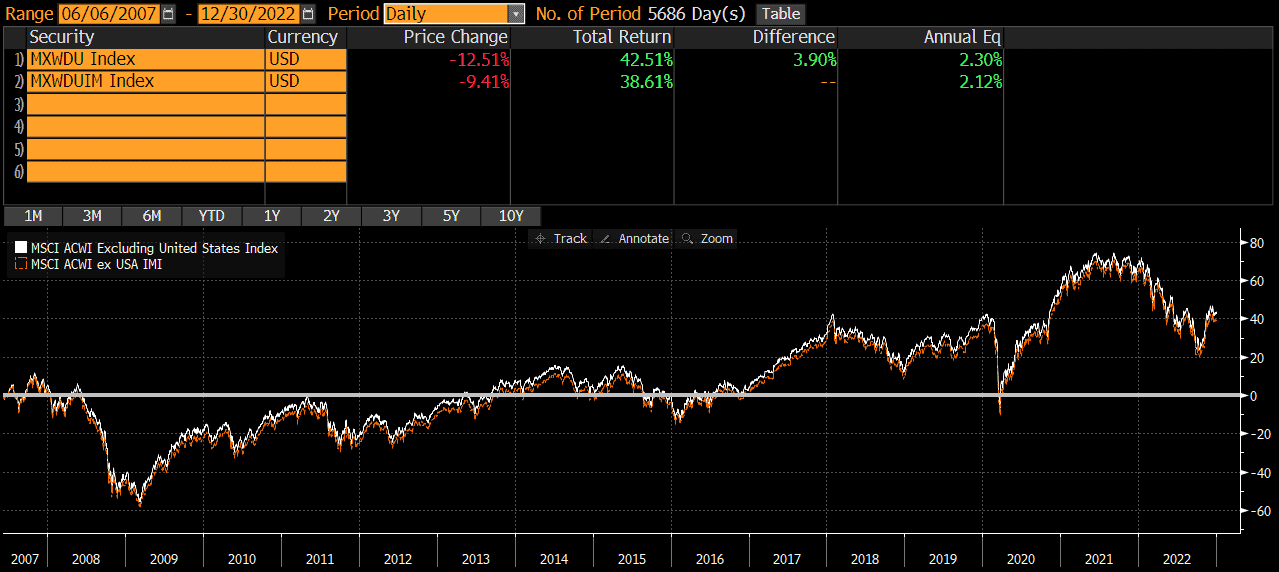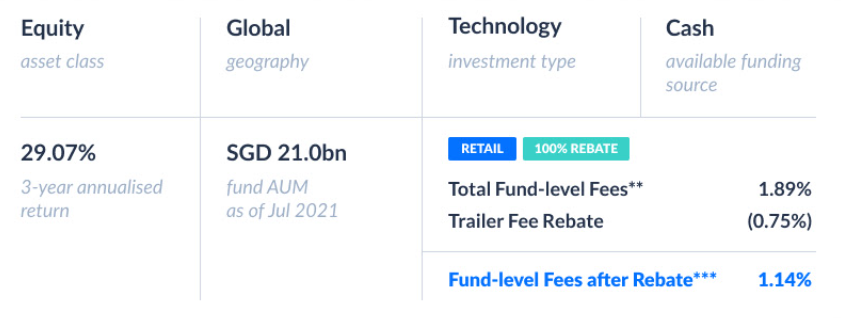Disruptive Technology Stocks: Investing in the Future
Disruptive technology stocks represent a captivating investment opportunity, promising significant returns by riding the wave of innovation that reshapes industries and economies. These stocks are not your typical investments; they […]

Disruptive technology stocks represent a captivating investment opportunity, promising significant returns by riding the wave of innovation that reshapes industries and economies. These stocks are not your typical investments; they represent companies at the forefront of groundbreaking advancements, pushing boundaries and challenging established norms.
From the early days of the internet to the rise of smartphones and artificial intelligence, disruptive technologies have consistently revolutionized the way we live, work, and interact with the world. Investing in these stocks allows you to participate in this dynamic evolution, potentially reaping substantial rewards as these technologies gain traction and reshape the global landscape.
Defining Disruptive Technology Stocks

Disruptive technology stocks represent companies developing and commercializing innovations that fundamentally alter existing industries and create new markets. These technologies often challenge established players, leading to significant market shifts and creating opportunities for investors.
Historical Examples of Disruptive Technologies and Associated Stocks
Disruptive technologies have a long history of reshaping industries and economies. Several examples illustrate how these technologies have created new markets and redefined industries:
- The Personal Computer (PC): The invention of the personal computer in the 1970s revolutionized computing, making it accessible to a broader audience. Companies like Apple (AAPL) and Microsoft (MSFT) became industry leaders, benefiting from the widespread adoption of PCs.
- The Internet: The development of the internet in the 1990s ushered in a new era of communication and information sharing. Companies like Amazon (AMZN) and Google (GOOGL) emerged as giants in the online retail and search sectors, respectively.
- Mobile Devices: The advent of smartphones and tablets in the early 2000s transformed mobile communication and internet access. Companies like Apple (AAPL) and Samsung (SSNLF) became dominant players in the mobile device market.
- Cloud Computing: Cloud computing has revolutionized how businesses store, manage, and access data. Companies like Amazon Web Services (AWS) and Microsoft Azure have become leaders in this space, providing cloud services to a wide range of customers.
Characteristics of Disruptive Technology Stocks
Disruptive technology stocks share several characteristics that distinguish them from traditional investments:
- High Growth Potential: Disruptive technologies often create new markets with significant growth potential. Investors in these stocks expect substantial returns as these companies expand their reach and market share.
- Innovation Focus: Disruptive technology companies prioritize research and development (R&D), constantly innovating to stay ahead of the competition. This focus on innovation drives their growth and competitive advantage.
- Disruption of Existing Industries: Disruptive technologies challenge established players in existing industries, potentially leading to market share shifts and new business models.
- Uncertainty and Volatility: Investing in disruptive technology stocks involves a higher level of risk due to the inherent uncertainty associated with emerging technologies. These stocks can experience significant price fluctuations.
- Long-Term Investment Horizon: Disruptive technologies often take time to gain widespread adoption and generate significant returns. Investors in these stocks need a long-term investment horizon to realize the full potential of these companies.
Identifying Disruptive Technology Sectors
Disruptive technologies are transforming various sectors, creating new markets and disrupting existing ones. Identifying these sectors and the key players driving disruption is crucial for investors and businesses seeking to capitalize on emerging trends.
Sectors Impacted by Disruptive Technologies
Disruptive technologies are impacting numerous sectors, leading to significant changes in business models, customer experiences, and overall market dynamics. Here is a table highlighting some key sectors, the disruptive technologies influencing them, leading players, and potential impacts:
| Sector | Disruptive Technology | Key Players | Potential Impact |
|---|---|---|---|
| Healthcare | Artificial Intelligence (AI), Telemedicine, Genomics | Google, Microsoft, Amazon, IBM, Teladoc, 23andMe | Personalized medicine, improved diagnostics, remote patient monitoring, reduced healthcare costs |
| Transportation | Autonomous Vehicles, Electric Vehicles, Shared Mobility | Tesla, Waymo, Uber, Lyft, Ford, General Motors | Reduced traffic congestion, increased safety, new mobility options, changes in urban planning |
| Finance | FinTech, Blockchain, Cryptocurrencies | Stripe, Square, PayPal, Coinbase, Robinhood | Decentralized finance, faster and cheaper transactions, improved financial inclusion |
| Education | Online Learning Platforms, Adaptive Learning, Virtual Reality (VR) | Coursera, Udacity, Khan Academy, Google Classroom, Meta | Increased accessibility to education, personalized learning experiences, immersive learning environments |
| Retail | E-commerce, Omnichannel Retail, Artificial Intelligence (AI) | Amazon, Alibaba, Shopify, Walmart, Target | Shift towards online shopping, personalized recommendations, improved customer experiences |
| Manufacturing | Internet of Things (IoT), Robotics, 3D Printing | Siemens, GE, Bosch, ABB, Stratasys | Increased automation, improved efficiency, customized production, new business models |
| Energy | Renewable Energy, Energy Storage, Smart Grid | Tesla, Sunrun, Enphase Energy, First Solar, Siemens | Reduced reliance on fossil fuels, improved energy efficiency, increased grid stability |
Analyzing Disruptive Technology Stocks
Analyzing disruptive technology stocks requires a nuanced approach that considers both traditional financial metrics and the unique characteristics of these companies. While traditional metrics like revenue growth, profitability, and market share are important, they may not fully capture the potential and risks associated with disruptive innovation.
Key Financial Metrics for Disruptive Technology Stocks
Evaluating disruptive technology stocks requires a focus on metrics that highlight their potential for growth and market disruption.
- Growth Rate: Rapid revenue growth is a key indicator of a disruptive technology’s success. Look for companies with a consistent history of exceeding market expectations and demonstrating strong growth potential.
- Market Share: Assess the company’s market share and its ability to gain traction in its target market. Early market dominance can be a sign of a disruptive technology’s success.
- Customer Acquisition Cost (CAC): Evaluate the cost of acquiring new customers. A low CAC can indicate efficient marketing and a strong product-market fit.
- Customer Lifetime Value (CLTV): Analyze the long-term value customers bring to the company. High CLTV suggests strong customer loyalty and recurring revenue potential.
- Burn Rate: Monitor the company’s cash burn rate, which reflects the amount of cash it spends each month. While a high burn rate can indicate rapid growth, it also raises concerns about sustainability.
- Research and Development (R&D) Spending: Assess the company’s investment in R&D, as it is crucial for maintaining a competitive edge in the rapidly evolving technology landscape.
Risk-Reward Profile of Disruptive Technology Stocks
Disruptive technology stocks offer both significant potential rewards and inherent risks.
- High Growth Potential: Disruptive technologies have the potential to create entirely new markets and generate substantial returns for investors. Companies like Tesla, Amazon, and Google have shown the immense growth potential of disruptive technologies.
- High Volatility: The inherent uncertainty surrounding disruptive technologies makes these stocks highly volatile. Market sentiment and technological advancements can significantly impact stock prices.
- Competition: The rapid pace of innovation in disruptive technology sectors attracts numerous competitors, making it challenging for companies to maintain their market leadership.
- Regulation: Governments and regulatory bodies are increasingly scrutinizing disruptive technologies, potentially creating roadblocks and impacting growth trajectories.
Challenges and Opportunities of Investing in Disruptive Technology Stocks
Investing in disruptive technology stocks presents unique challenges and opportunities.
- Identifying True Disruption: Distinguishing genuine disruptive technologies from hype is a significant challenge. Investors must carefully evaluate the company’s technology, market potential, and competitive landscape.
- Timing the Market: Entering the market at the right time is crucial for maximizing returns. However, predicting the trajectory of disruptive technologies can be difficult.
- Long-Term Perspective: Investing in disruptive technology stocks requires a long-term perspective, as these companies may take years to reach their full potential.
- Diversification: Diversifying across multiple disruptive technology stocks can mitigate risk and potentially increase returns.
Strategies for Investing in Disruptive Technology Stocks
Investing in disruptive technology stocks can be a rewarding but challenging endeavor. It requires a thorough understanding of the technology landscape, careful selection of companies, and a well-defined investment strategy.
Portfolio Allocation Strategy
The allocation of disruptive technology stocks within a portfolio should consider your risk tolerance, investment goals, and the overall market outlook. A common approach is to allocate a specific percentage of your portfolio to disruptive technology stocks, ranging from 5% to 20% depending on your risk appetite.
- Risk Tolerance: Higher risk tolerance allows for a larger allocation to disruptive technology stocks, potentially leading to higher returns but also greater volatility.
- Investment Goals: Short-term goals may favor a smaller allocation to disruptive technology stocks, while long-term goals could allow for a larger allocation, as these stocks tend to perform well over extended periods.
- Market Outlook: A bullish market outlook might encourage a larger allocation to disruptive technology stocks, while a bearish outlook may warrant a smaller allocation.
Investment Approaches for Disruptive Technology Stocks

Investing in disruptive technology stocks can be approached in various ways.
- Growth Investing: Focuses on companies with high growth potential, even if they are currently unprofitable. This approach requires a long-term perspective and an understanding of the company’s future prospects.
- Value Investing: Seeks undervalued companies with strong fundamentals, often with a focus on profitability and cash flow. This approach may involve identifying companies that are experiencing a temporary downturn but have the potential for future growth.
- Index Tracking: Invests in a basket of disruptive technology stocks represented by a specific index, such as the NASDAQ 100. This approach provides broad exposure to the sector and can be a more passive investment strategy.
- Thematic Investing: Focuses on specific disruptive technologies, such as artificial intelligence, blockchain, or renewable energy. This approach requires a deep understanding of the technology and its potential impact on the market.
Diversification Techniques
Diversification within a disruptive technology stock portfolio is crucial to mitigate risk. It involves spreading investments across different companies, sectors, and even industries.
- Company Diversification: Investing in multiple companies within the same sector can reduce risk by mitigating the impact of a single company’s underperformance.
- Sector Diversification: Investing in companies across different disruptive technology sectors, such as artificial intelligence, biotechnology, and clean energy, can further reduce risk by spreading investments across different areas of innovation.
- Industry Diversification: Investing in companies from different industries that are impacted by disruptive technology can provide further diversification. For example, investing in both technology companies and traditional companies that are adopting new technologies.
The Future of Disruptive Technology Stocks
The landscape of disruptive technology stocks is constantly evolving, driven by rapid advancements in technology and shifting market dynamics. Understanding the potential future trends and their impact on these stocks is crucial for investors seeking to capitalize on the long-term growth potential of this sector.
Emerging Technologies and Their Impact, Disruptive technology stocks
Emerging technologies, such as artificial intelligence (AI), quantum computing, and blockchain, are poised to reshape the landscape of disruptive technology stocks. These technologies have the potential to revolutionize various industries, creating new opportunities for innovation and growth.
- AI: AI is transforming industries like healthcare, finance, and transportation. AI-powered solutions are enhancing efficiency, improving decision-making, and creating new products and services. This trend is driving the growth of AI-related companies, such as those developing AI algorithms, hardware, and software.
- Quantum Computing: Quantum computing has the potential to solve complex problems that are currently intractable for classical computers. This technology could revolutionize fields like drug discovery, materials science, and financial modeling. As quantum computing matures, companies developing quantum hardware and software are expected to benefit significantly.
- Blockchain: Blockchain technology is revolutionizing trust and transparency in various industries. It is being used to create secure and transparent systems for supply chain management, financial transactions, and digital identity. Companies developing blockchain platforms and applications are likely to experience substantial growth in the future.
Long-Term Outlook for Disruptive Technology Stocks
Disruptive technology stocks are expected to play a significant role in the global economy in the long term. These companies are driving innovation and creating new markets, contributing to economic growth and societal progress.
“Disruptive technologies are transforming the world at an unprecedented pace, creating both opportunities and challenges for investors. Understanding the potential impact of these technologies is crucial for navigating the evolving investment landscape.”
- Continued Innovation: Disruptive technology companies are characterized by their focus on innovation and research and development. This commitment to innovation will continue to drive their growth and create new opportunities for investors.
- Global Reach: Disruptive technologies have the potential to reach a global audience, expanding the market for these companies. This global reach can drive significant revenue growth and create new opportunities for international expansion.
- Societal Impact: Disruptive technologies are addressing critical societal challenges, such as healthcare, climate change, and education. Companies developing solutions to these challenges are likely to attract significant investment and generate positive societal impact.
Ending Remarks
Navigating the world of disruptive technology stocks requires a keen eye for identifying emerging trends, understanding the intricacies of these industries, and managing the inherent risks associated with rapid innovation. However, for those willing to embrace the potential of disruptive technologies, these stocks offer a unique and potentially lucrative path to wealth creation. As we continue to witness the rapid evolution of technology, the landscape of disruptive technology stocks will undoubtedly continue to shift and evolve, offering both exciting opportunities and formidable challenges for investors.
Disruptive technology stocks are often associated with rapid growth and innovation, and companies like NK Technologies are at the forefront of this movement. Their current transducer is a prime example, offering advanced solutions for measuring and monitoring electrical currents. This kind of cutting-edge technology can drive significant change in various industries, making these stocks attractive to investors seeking long-term growth potential.










